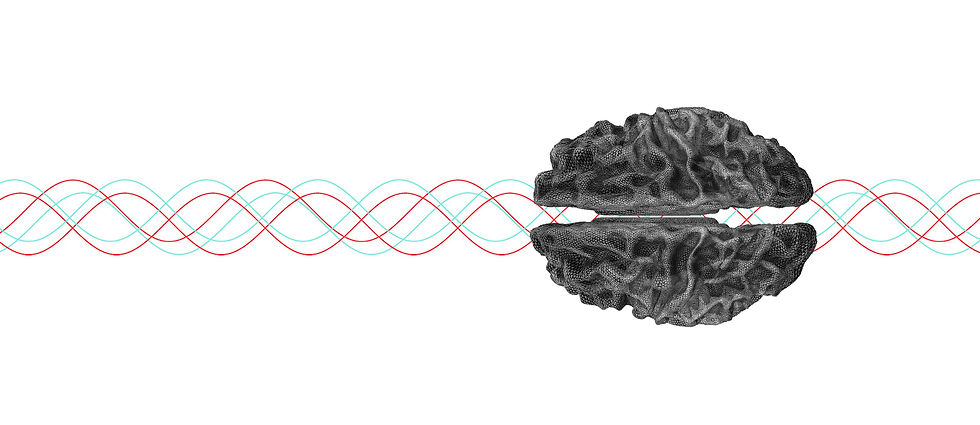THE CROSSMODAL BRAIN
Neural mechanisms of crossmodal activity in blind and sighted individuals

PROJECT SUMMARY
Our ability to learn rests on the brain’s capacity to change. People who are blind since birth rely more strongly on their intact senses, hearing and touch, to interact with the environment. As a consequence, blind people often show superior abilities when it comes to discriminating sounds and touch. The blind brain shows large changes due to the lack of vision: the part of the brain that responds to visual input in sighted people is now activated by the processing of sounds and touch, which is called “crossmodal plasticity”.
Not only blind people, but also sighted people sometimes show crossmodal activation of the visual cortex while perceiving sounds or touch. As many environmental events are multisensory in nature, e.g. we simultaneously see and hear a person, it is thought that all related sensory representations are activated in distributed networks across the brain – even if only one sensory input is received. The proposed project investigates, using the latest advances in ultra-high field imaging, the detailed underlying mechanisms of crossmodal activation of visual brain regions in blind and sighted humans in order to understand how the brain adapts to experience.
ABOUT ME
Dr. A.W. de Borst

My work investigates the organization of the brain. I am particularly interested in the interplay between imagination and perception. How are we capable of visualizing things that are not currently in front of us? Are imagery processes in the brain organized in a similar manner as perceptual processes? What is the influence of experience (e.g. blindness, professional expertise) on the organization of imagery and perception networks in the brain?
In addition, I am also interested in how new media, such as virtual reality and 3D video, allows us to be mentally transported into a virtual world and what implications this has for (emotion) perception, learning and social interaction.
PROJECT PARTNERS



